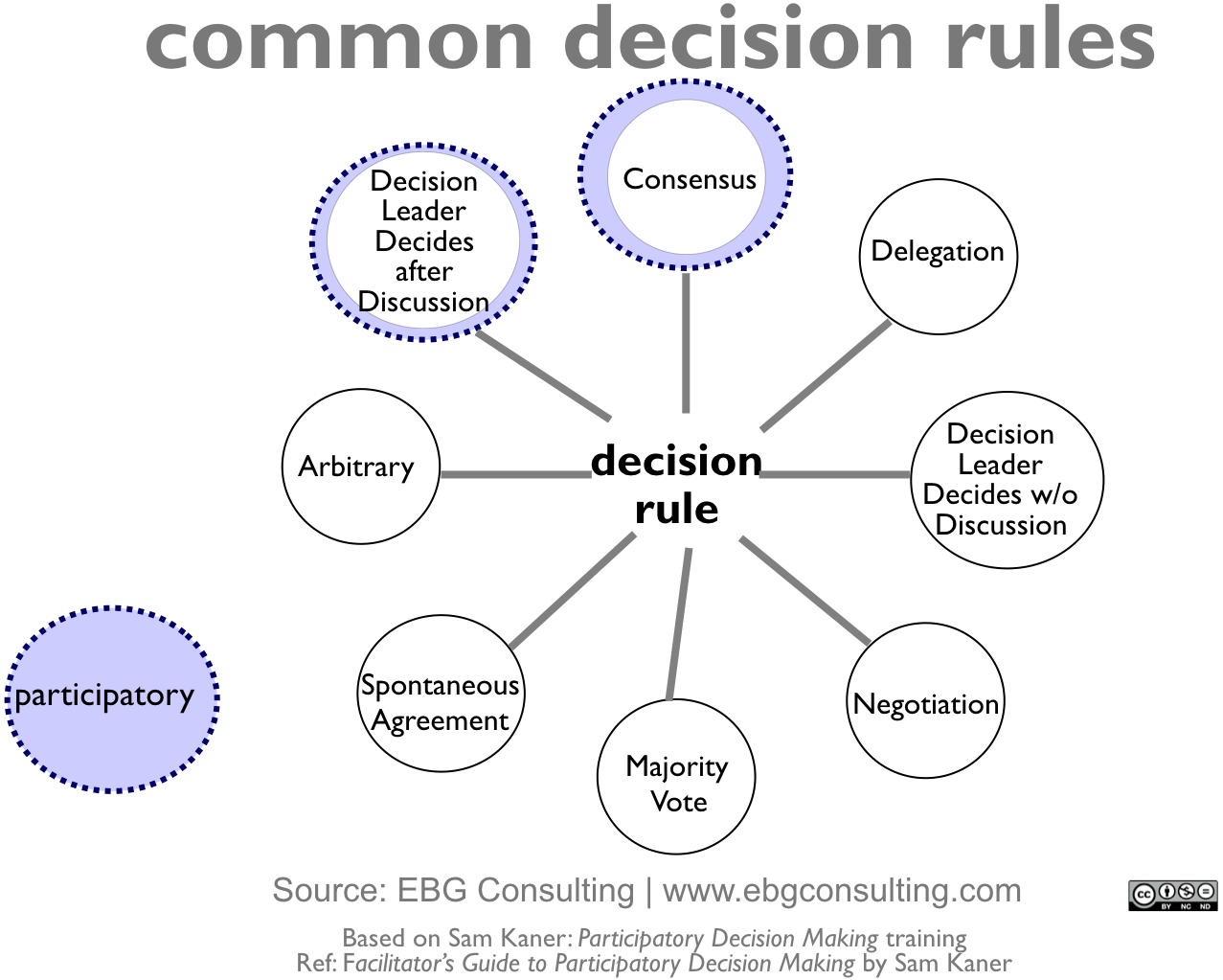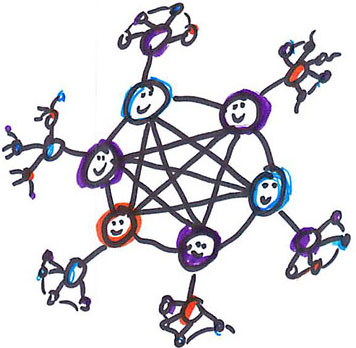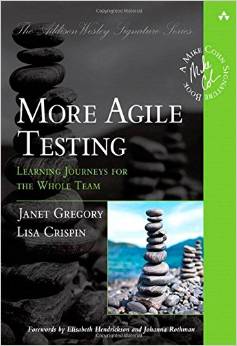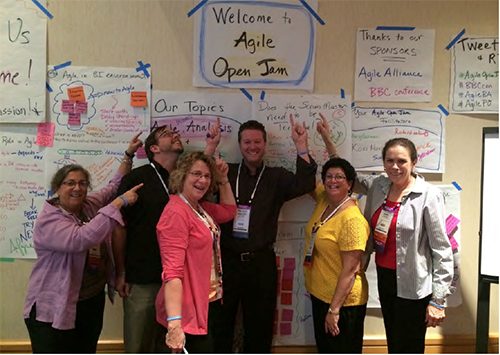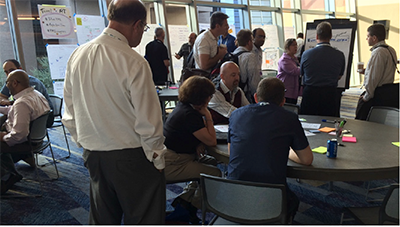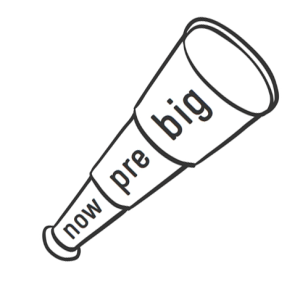Timely Topics, Deep Discussions: Agile Open Jam at BBC 2015

Enthusiasm + experience = deep conversations. And there were plenty of insightful discussions during the Agile Open Jam at the 2015 Building Business Capability (BBC) conference, where passionate practitioners shared and learned from each other.
For the third year in a row, BBC attendees took advantage of an open jam format to better explore a wide variety of agile topics. We at EBG were pleased to continue serving as the organizer and host of the Agile Open Jam at the BBC, the official conference of the International Institute of Business Analysis (IIBA®).
Participants at the jam said there was “great collaboration of ideas and problem solving” and “awesome conversations.”
Continue reading
